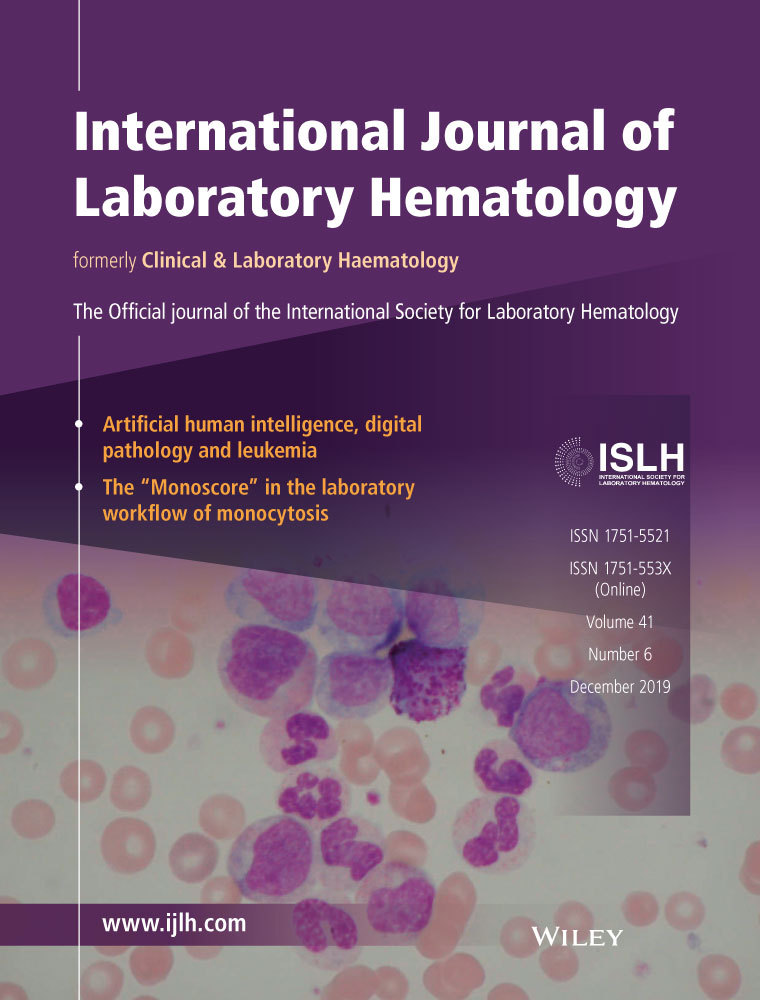Lupus anticoagulant diagnosis in patients receiving direct oral FXa inhibitors at trough levels: A real-life study
Abstract
Introduction
Direct oral factor Xa inhibitors (xabans) induce false positive results for lupus anticoagulant (LA) diagnosis. Consequently, it is suggested not to perform LA testing in xabans patients although it may be useful in selected patients. In this monocentric study, we evaluated xabans impact at trough levels (ie, just before the next intake) on LA diagnosis in treated patients using dilute Russell viper venom time (dRVVT) and two LA sensitive activated partial thromboplastin time (aPTT).
Methods
Sixty patients receiving rivaroxaban (30) or apixaban (30) were included. Plasma concentrations were measured using specific anti-Xa assays. LA testing was performed using one dRVVT (LAC-Screening®/Confirm®; Siemens) and two LA sensitive aPTT-based assays (Hemosil® Silica Clotting Time (SCT) Screen/Confirm; Werfen and Dade® Actin® Factor Sensitivity FSL/FS (Actin F); Siemens).
Results
Median [min-max] concentrations were 23 [<18-68] for rivaroxaban and 42 ng/mL [19-99] for apixaban. dRVVT was positive in 93% of rivaroxaban and 40% of apixaban samples. SCT was positive in 40 and 30% and Actin F in 17 and 20% of samples respectively. Xabans affected more significantly dRVVT than aPTT-based assays (P < .001) with less false positive results with apixaban than with rivaroxaban samples irrespective of the assay used.
Conclusion
lupus anticoagulant diagnosis in rivaroxaban and apixaban samples drawn at trough levels remains questionable whenever positive results are obtained. If LA testing in apixaban samples might be useful to rule-out LA using dRVVT and/or aPTT-based assays, the wide majority of rivaroxaban samples would give false positive results.
CONFLICTS OF INTEREST
The authors have no conflicts of interest.




